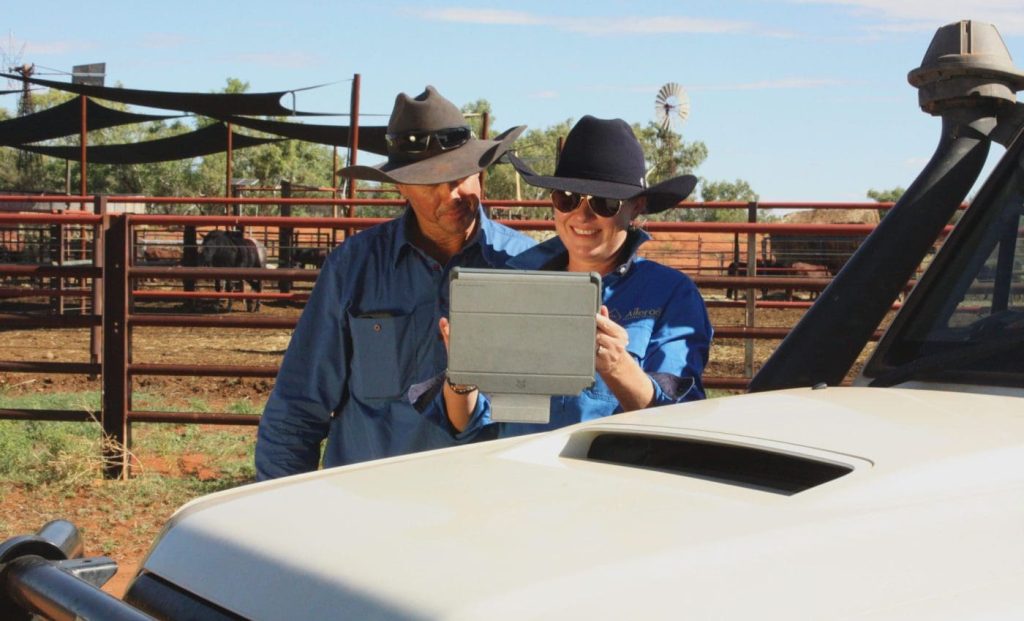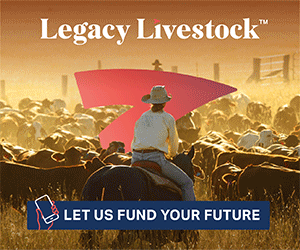
CATTLE producer participation will be critical if the Australian beef industry’s revived attempt to come up with meaningful and reliable statistical data about herd size and other demographics is to be a success.
Meat & Livestock Australia in on track to launch its 2023 beef producer survey in a little over three weeks’ time, opening on 13 November.
One of the primary reasons for commissioning the annual survey is the fact that the Australian Bureau of Statistics no longer provides detailed annual reporting on livestock categories or herd size. Beef Central wrote about the abandonment of the ABS beef survey process in January this year, driven by the lack of enough producer participation to provide reliable data, in this earlier article.
 Some stakeholders have suggested the low response rate may have reflected concerns that ABS might share data with the Australian Taxation Office.
Some stakeholders have suggested the low response rate may have reflected concerns that ABS might share data with the Australian Taxation Office.
Whatever the reason, the closure has left a huge hole in reliable industry/government knowledge about the industry’s livestock demographics.
The sheep industry has conducted similar surveys for at least the past ten years, with good levels of support.
The upcoming beef survey will be divided into two, along northern/southern regional lines, to allow for more locally-relevant questions. The northern version will align with the Cattle Australia and North Australian Beef Research Council boundaries, encompassing Queensland, the Northern Territory, and the top portion of Western Australia.
The survey will cover three main areas:
- Herd demographics – head count, broken down into a range of male, female and calf categories
- Producer sentiment – likely future herd size decisions, how they feel about impact of seasons, cattle prices, rising costs of production etc
- Business model – breeder, breeder/grower, backgrounder, grass finisher etc
- Sales channel – domestic processing, export processing, lotfeeder, live export etc
Given adequate participation, data from the survey will be built at both at national and state level, and even regional level if response numbers justify it. Data on overall herd size and composition will be broken down into breeding female numbers, and various other categories for heifers, castrated males of various ages, calves under 12 months, bulls and others.
Breed composition
A new feature being incorporated is breed composition, based on breeding females.
It’s at least 20 years since a serious national beef breed composition survey has been conducted. Earlier ABS survey data never included detailed breed composition.
To understand the genetic characteristics and demographic of the female herd will provide valuable insights into what’s going on in breeding herds, and potentially, why, MLA said.
As an example, the northern region version of the survey will include breed categories like Brahman, Droughtmaster, Santa Gertrudis, Charbray, Brangus/Ultrablack, Wagyu and ‘other.’ This will capture the vast majority of breed types used in the region. Another set of breed options will be offered in the southern version.
Advice and links for next month’s online survey will be distributed via email. Participation is open to all grassfed cattle levy payers, regardless of whether they are MLA members.
Unlike the former ABS surveys which limited respondents to beef producers who had annual income of $40,000 or more (called Estimated Value of Agricultural operations, or EVAO), next month’s first producer survey is open to all cattle producers, regardless of size and income.
No financial performance questions will be asked, and all responses will remain strictly confidential.
Participation is key
In simple terms, unless a statistically-reliable number of beef producers from across Australia voluntarily offer responses to the upcoming survey, the results are unlikely to be released. Should that happen, there can be no come-back from stakeholders complaining about the lack of industry data on herd size, herd changes over time, and other important information used in decision-making and policy setting.
There has been considerable industry debate about herd size over the past few years – some claiming numbers are over-reported, and others, under. Much of this has been based on extrapolations from secondary statistical evidence, such as slaughter numbers.
What are the benefits?
So what benefits are in the survey for producers? Why even consider investing the 10-15 minutes it will take to fill out the online survey?
At the macro level, the more people who engage, and the better the quality of data being produced, the better the industry’s forecasting ability will be, underpinning insights that MLA and others can give back to industry.
At the micro level, producers participating in the survey will be able to opt-in to receive a benchmark report, comparing their own operation’s performance with others carrying similar herd numbers at the state/regional level.
“The industry no longer has access to the sort of herd demographics information previously provided by ABS – and we desperately need it,” MLA’s survey project coordinator Ripley Atkinson said.
“It is used for a wide variety of purposes, just one of which is to inform and assist our modelling for Industry Projections. But all sorts of other decisions are made across industry based on herd demographics – that’s why this is so important,” he said.
“There’s a lot that depends on good, reliable information on herd demographics, and how things are changing.”
“We sincerely hope, and wish, that producers see value in it – both for themselves, and the benefit of the broader industry, so that we can deliver some really valuable and reliable data to inform future industry decisions on investment,” Mr Atkinson said.
It is anticipated that a full report will be available to industry by the end of January. Statistics will also be factored-in to MLA’s 2024 Beef Industry Projections, which are normally realised around the first week of February.
The same third party provider who already does the annual sheep survey has been enlisted to conduct this year’s beef industry survey. The company, Intuitive Solutions, has a 20-year track record of managing such surveys across agriculture, including cotton, horticulture and other sectors.
- As part of an awareness push, Beef Central will publish a heads-up the day the producer survey opens (with links to the survey itself) and a reminder as the 10 December closure deadline approaches, for late-comers.
